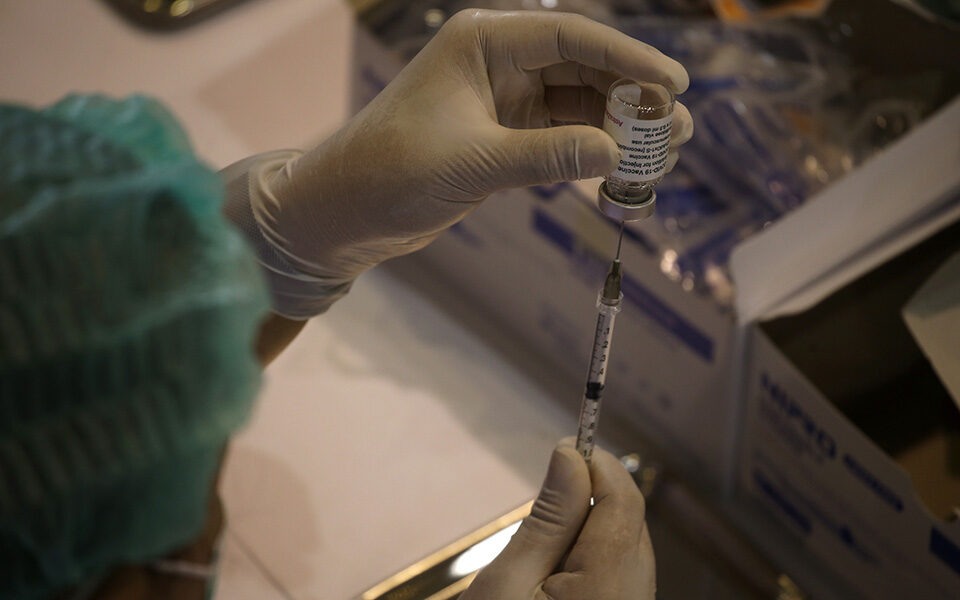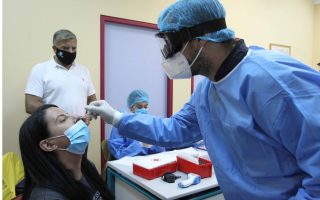Major variations in vaccine coverage across Greece

There are steep differences in vaccination coverage between different parts of the country and even within regional units, Greece’s latest coronavirus map shows.
According to the data, these regional discrepancies range from lows such as 38% in Evrytania in central Greece to highs of 78.5% on the Cycladic island of Mykonos, while within Attica, for example, the northern section has a vaccination coverage rate of 72% against the western section’s 45.4%.
With 62.4% of the population having received at least one dose of a vaccine against SARS-CoV-2 and analyzing the latest epidemiological map published on the covid-19.gov.gr platform, of Greece’s 74 regional units with less than 50% coverage, five are in Central and Eastern Macedonia-Thrace (Drama, Kilkis, Pella, Pieria and Serres), two are in Central Greece (Evrytania and Fokida), one is in the Peloponnese (Ilia) and another is in Attica (West).
The next category is areas where coverage is between 50-55% and it comprises 24 regional units, most of which are the remaining parts of the regions mentioned above.
Crete as a whole, two regional units in Attica, most of the islands of the Ionian and many in the Aegean make up the 24 areas in the category of 55-63% coverage, while just 17 regional units score above average. These are 12 islands, Preveza in northwestern Greece, the port city of Piraeus, and the northern, southern and central units of the capital.
The data also show that areas with low coverage are also responsible for high transmission of the virus, in relative terms. For example, in the 10 regional units with the highest number of new infections per 100,000 residents, vaccine coverage ranges from 44% (Kilkis) to 54% (Larissa).
Low vaccination coverage and high transmission rates in northern and central Greece also appear to impact occupancy rates at intensive care wards for Covid-19, which, according to last Thursday’s Health Ministry figures, came to nearly 95% in parts of Thessaly and Central Greece, and 94% in parts of Macedonia.





